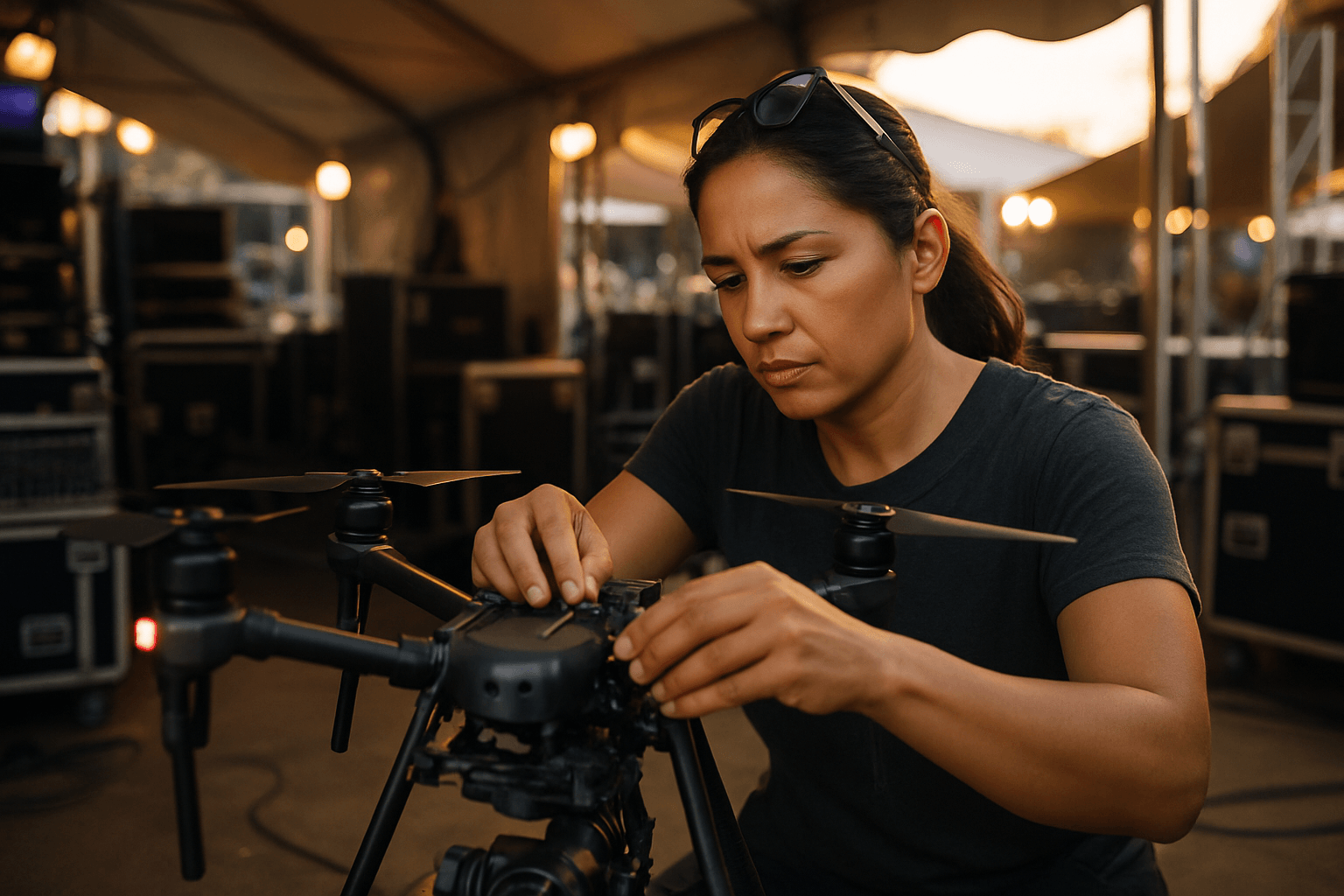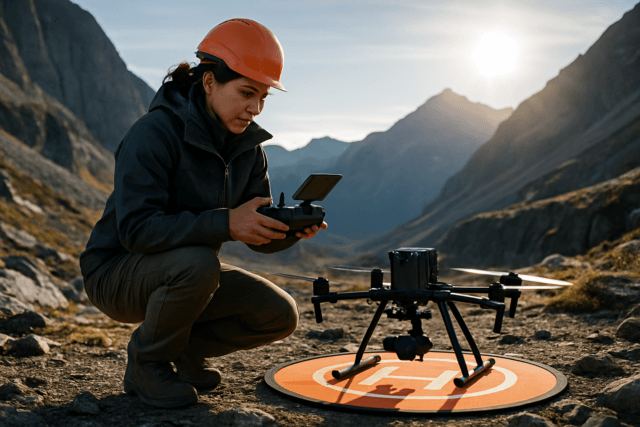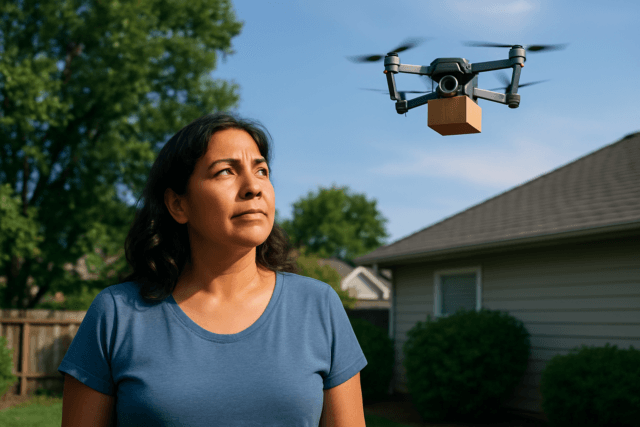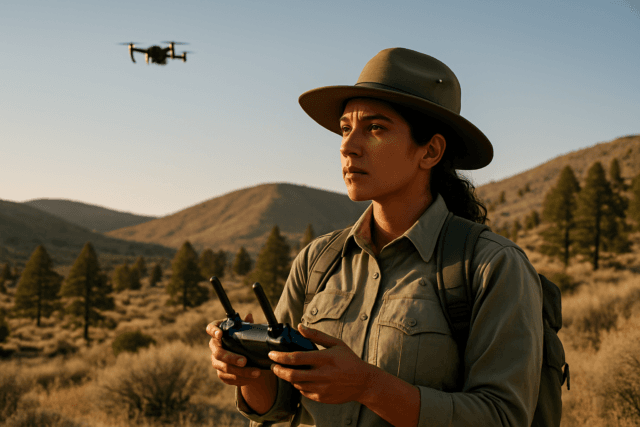Drones have revolutionized live entertainment, painting the night sky with synchronized light shows and capturing breathtaking aerial footage. Yet, the mesmerizing spectacle comes with a critical imperative: ensuring the utmost safety for performers, crew, and audiences. While incidents are uncommon, diligent planning and strict adherence to protocols are essential to prevent mishaps and ensure smooth, secure operations.
This guide explores the best practices for drone safety during performances, covering regulatory compliance, meticulous planning, operational excellence, and robust emergency preparedness.
Navigating Regulatory Compliance
The foundation of safe drone operation in entertainment lies in understanding and adhering to aviation regulations. These rules vary significantly by region, but typically cover pilot certification, drone registration, and operational limitations.
Understanding Aviation Authorities and Certifications
In the United States, the Federal Aviation Administration (FAA) governs drone operations. Commercial drone operators, including those flying for entertainment events, must obtain Part 107 certification by passing a knowledge test. Additionally, waivers for specific operations like nighttime flights or flying over crowds may be required. In Europe, the European Union Aviation Safety Agency (EASA) has established a unified framework, classifying drones by risk level (Open, Specific, Certified Categories) and requiring appropriate pilot certifications and operational authorizations, especially for swarm flights which fall under the ‘Specific’ category.
Airspace Restrictions and Authorizations
Drone operations must always respect restricted airspaces, such as those around airports, military installations, and national parks. For controlled airspace, FAA or local civil aviation authority authorization is mandatory. Operators should use tools like B4UFLY to check for no-fly zones and other limitations. A flight ceiling limit of 120 meters (400 feet) is standard to avoid interfering with manned aircraft.
Remote ID Requirements
As of 2024, all drones used for commercial purposes in the U.S. and those in EASA’s ‘Specific’ category are generally required to broadcast their identification via Remote ID.
Meticulous Pre-Show Planning
A well-executed and safe drone performance begins long before takeoff, with thorough pre-show planning and risk assessment.
Comprehensive Site Assessments
Before any performance, a detailed site assessment is crucial. This involves:
- Identifying Safe Zones: Establishing designated takeoff, landing, and audience viewing areas, maintaining a safety perimeter of at least 200 feet (60 meters) around the flight path. For larger crowds, drones might need to be 150 meters away, regardless of consent. Drones should generally be kept at least 25 feet away from people.
- Evaluating Environmental Factors: Assessing weather conditions such as wind speed (typically less than 25 mph for safe operation), precipitation, and visibility. Contingency plans for unexpected weather changes are vital.
- Hazard Identification: Scanning for potential obstacles like power lines, trees, buildings, and areas with high foot traffic. Electromagnetic sources can also disrupt control signals.
Risk Assessment (SORA)
Performing a Specific Operations Risk Assessment (SORA) is a systematic methodology used to identify, assess, and mitigate safety hazards for drone operations. This involves evaluating factors like weather conditions, flight location, equipment malfunction, human error, and regulatory compliance. The SORA process helps determine acceptable risk levels and define appropriate safety measures.
Detailed Flight Planning
A comprehensive flight plan is essential, including detailed choreography, drone movements, and approved altitudes and areas. This plan should be shared with all relevant parties, including event staff and authorities.
Insurance Coverage
Drone operators must carry adequate insurance for liability in case of an incident. Requesting a Certificate of Insurance (COI) before finalizing contracts is a mandatory step.
Operational Excellence and Technology
Ensuring safety during the actual performance relies on well-maintained equipment, advanced technology, and highly trained personnel.
Trained and Certified Operators
All pilots must be FAA-certified (in the US) or hold equivalent certifications from bodies like EASA, and be specifically trained for live event scenarios. A dedicated team of safety officers and ground personnel should monitor the event, enforce spectator boundaries, and track drone performance during flight.
Advanced Drone Technology
Modern drone systems incorporate several safety features:
- Geofencing: Invisible boundaries programmed into the drone software prevent drones from flying into unsafe or restricted areas. If a drone breaches its flight path, geofencing can trigger a safe landing or hovering.
- Navigation Redundancy: Multiple navigation systems, often combining GPS with other sensors, provide precision and backup in case one system fails. RTK GNSS can enhance accuracy.
- Failsafe Procedures: Drones are programmed to land safely or hover in place in case of technical issues or loss of communication. An emergency stop option allows pilots to instantly abort and land all drones if risk is identified.
- Reliable Communication: Secure and redundant communication technologies are essential to prevent signal interference and loss of control, especially for drone swarms.
Pre-Flight Checks and Maintenance
Before each flight, rigorous pre-flight testing is crucial. This includes:
- Visual Inspection: Checking the drone for physical damage, inspecting propellers for cracks, and ensuring all components are securely attached.
- Battery Health: Verifying charge levels, inspecting for damage or swelling, and confirming adequate charge for the planned flight duration.
- Firmware and Software: Ensuring all drone and controller firmware and software are up-to-date.
- Calibration and Sensor Checks: Calibrating the compass and IMU (Inertial Measurement Unit) and verifying GPS and other sensors are functioning correctly.
- SD Card: Ensuring adequate storage space and formatting the card.
Emergency Preparedness and Communication
Despite all precautions, unforeseen incidents can occur. Robust emergency protocols and clear communication are paramount.
Emergency Protocols
Emergency procedures must be in place to manage technical failures, weather changes, or perimeter breaches. This includes established protocols to ground or recall drones if conditions deteriorate. A designated “Redbutton” operator for emergency stops is recommended for drone shows.
Crowd Management and Communication
Public safety is paramount. Clear communication to the audience about safety rules, designated viewing areas, and areas to avoid helps prevent incidents. Attendees should be advised against flying personal drones near the event.
Post-Incident Procedures
In the event of an incident, clear procedures for reporting, investigation, and learning from the event should be in place to ensure continuous improvement in safety standards. Documentation of the entire risk assessment process and mitigation measures is required.
By embracing these best practices, event organizers and drone operators can harness the magic of drones in entertainment while upholding the highest standards of safety and responsibility.





